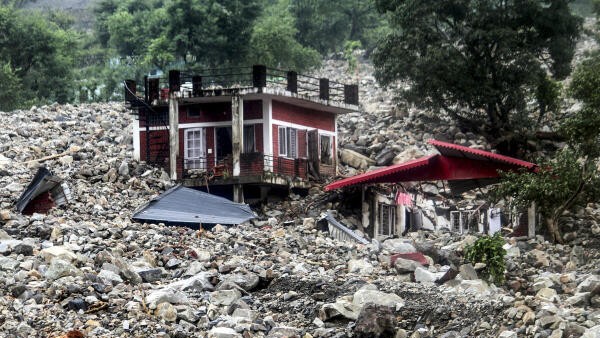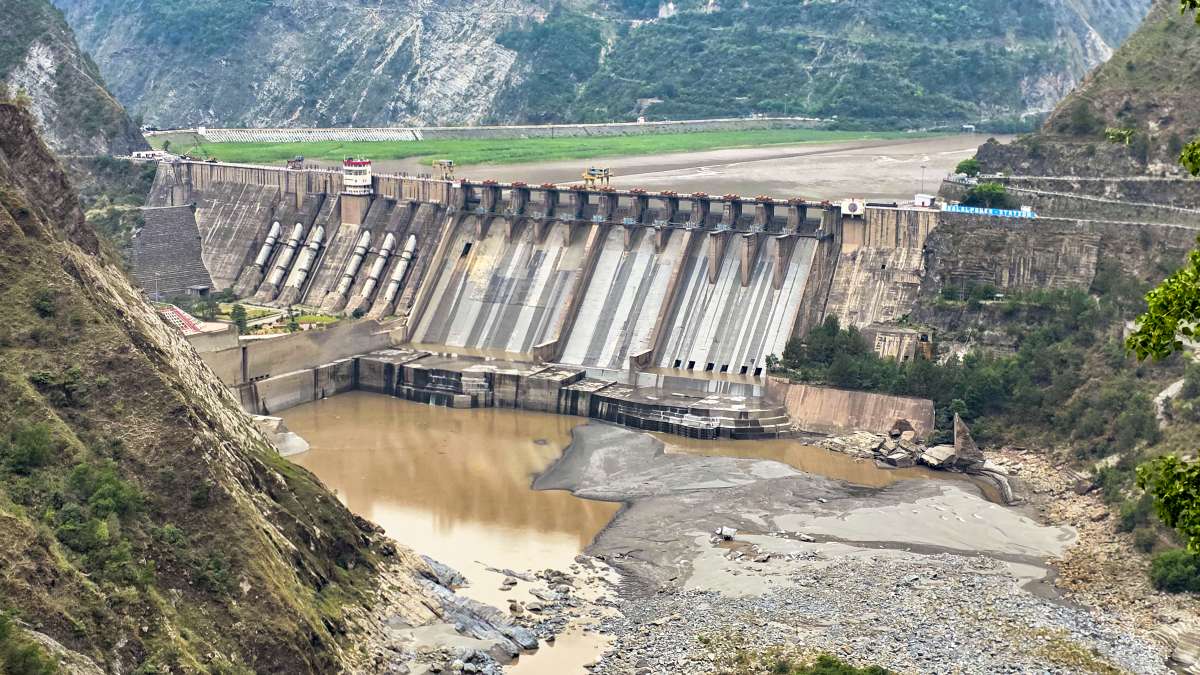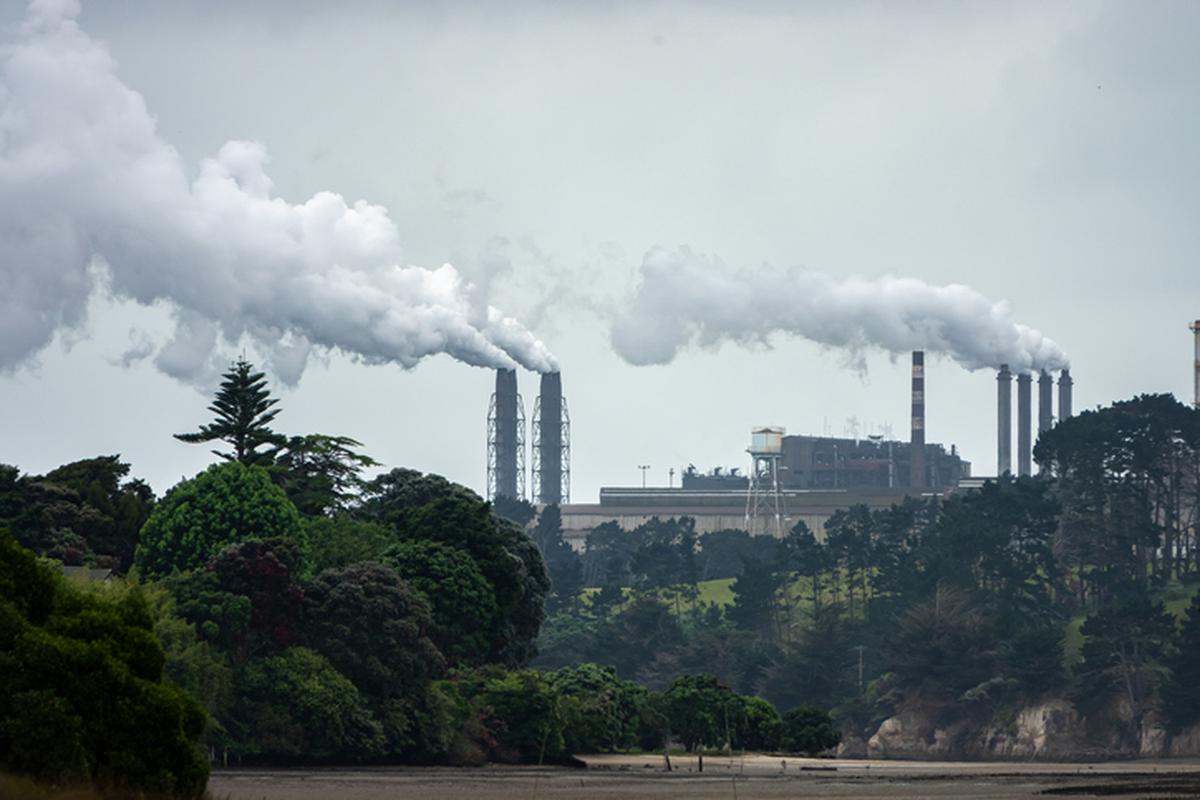The Death of ‘Dehra’: How Dehradun’s Identity Is Disappearing Amid Urbanization and Floods
- bykrish rathore
- 21 September, 2025

Dehradun, historically called ‘Dehra’, is facing an alarming ecological and cultural transformation. Recent floods triggered by heavy rainfall on 16 September 2025 exposed the city’s vulnerabilities, highlighting the cumulative effects of decades of unplanned urban growth, environmental degradation, and neglect of natural drainage systems. The term “death of Dehra” has come to symbolize the erosion of the city’s natural charm, heritage, and identity.
Rapid Urbanization and Loss of Green Spaces
Since becoming the capital of Uttarakhand in 2000, Dehradun has undergone rapid expansion. Localities like Selaqui, Mohabbewala, Rajeev Nagar, Defence Colony, and Deep Nagar have witnessed high-density construction, often encroaching upon forests and watershed areas. This expansion has drastically reduced green cover, limiting the city’s ability to absorb rainfall and manage floods
Altered Rainfall Patterns and Water Systems
The once predictable, prolonged rainfall has shifted to short, intense bursts, increasing the risk of flash floods. Dehradun’s historic canals, constructed during British rule by Captain Proby Thomas Cautley, were designed to manage water for irrigation and domestic use. Over the years, these canals have been neglected, covered, or destroyed, reducing their effectiveness during heavy rains
Stress on Rivers and Creeks
The Rispana and Bindal rivers, once flowing freely and sustaining the city’s ecosystem, now struggle under urban pressure. Encroachments, cemented embankments, waste dumping, and untreated sewage have significantly degraded water quality. Canals that once irrigated fields, such as those in Raipur, are either abandoned or under threat from urban development.
Cultural and Sensory Loss
Dehra was more than a city; it was a sensory experience. Birdsongs, clean air, river sounds, and unobstructed views of snow-capped Mussoorie hills defined the city’s charm. Today, increased traffic, noise pollution, haze, and obstruction of scenic vistas have altered the city’s character, making the once serene environment feel congested and artificial.
Flooding: A Symptom of Environmental Neglect
The September 2025 flood highlighted systemic weaknesses. Factors such as deforestation, blocked waterways, siltation, and built-up flood plains exacerbated the disaster. Areas like Maldevta, Phulait, Karligar, and Raipur canal region experienced severe flooding. Resorts and unplanned construction along rivers further complicated water flow, demonstrating how urban development has increased the city’s vulnerability.
Environmental and Economic Impacts
The flood caused widespread damage to property, roads, and public infrastructure. Water pollution, loss of agricultural fields, and compromised green zones have long-term environmental implications. Economic costs include reconstruction, disaster relief, and the loss of local livelihoods, especially in agriculture and tourism.
Underlying Causes
Key drivers of Dehra’s decline include:
Unchecked urbanization in ecologically sensitive zones
Encroachment of waterways and floodplains
Neglected natural drainage systems and canals
Environmental pollution of rivers and soil
Climate change and shifting rainfall patterns
Potential Solutions
Restoring Dehradun’s ecological balance requires a multi-pronged approach:
Rehabilitating rivers and creeks to their natural courses
Increasing green cover and preserving forests around the city
Restoring canal networks and drainage systems
Enforcing stricter land-use regulations
Pollution control measures including sewage treatment and waste management
Community engagement to preserve cultural and ecological heritage
Disaster preparedness for heavy rainfall and flood events
Conclusion
The death of Dehra is not only a reflection of a natural disaster but a culmination of decades of environmental neglect, rapid urbanization, and unsustainable development. Reclaiming the city’s heritage, green cover, and ecological balance will require careful planning, political will, and community participation. Dehradun’s experience serves as a cautionary tale for rapidly expanding urban centers in ecologically sensitive regions.

Note: Content and images are for informational use only. For any concerns, contact us at info@rajasthaninews.com.
"इको-फ्रेंडली इनोवेश...
Related Post
Hot Categories
Recent News
Daily Newsletter
Get all the top stories from Blogs to keep track.




_1760415461.png)






